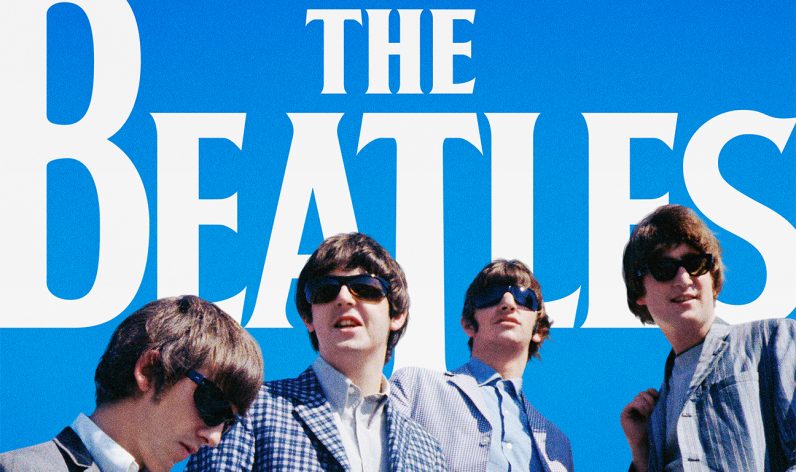 Just when you thought there were no more insights to the phenomenon that was The Beatles along comes the new Ron Howard film The Beatles: Eight Days A Week – The Touring Years. What he has produced is a detailed and thoroughly enjoyable journey through the years 1962 to 1966 where the band played over two hundred and fifty concerts.
Just when you thought there were no more insights to the phenomenon that was The Beatles along comes the new Ron Howard film The Beatles: Eight Days A Week – The Touring Years. What he has produced is a detailed and thoroughly enjoyable journey through the years 1962 to 1966 where the band played over two hundred and fifty concerts.
Using available archival material and some unseen and rare footage, Howard has created a linear narrative of the group from their early days as The Quarrymen, through their learning experience in Hamburg and on to the pop band that is still respected today. What you get is a genuine understanding of what they went through especially as the band rose to prominence in late 1962.
They were very much a team with the band, their manager Brain Epstein, producer George Martin and their small road crew. There is a tangible sense of family about the whole thing. They were in it together and they all strived to make the best product possible. One of the remarkable things that came out of the tales of the early days was the turn around for recordings. Often only half a day was allocated to a song going from idea to finished product.
The main reason for this was to maximise the return on their fame. Everyone expected the bubble to burst at some point so getting as much music out there, usually a new album every six months, was seen as a sound business strategy. After a couple of years of this changed slightly as they had firmly established themselves and it became apparent they were not going to slip away.
 The story really takes off when the band gets to America. Their first visit lasted only ten days but they managed to get maximum exposure by appearing on the Ed Sullivan Show and reaching an audience of over seventy million. There was no going back after that.
The story really takes off when the band gets to America. Their first visit lasted only ten days but they managed to get maximum exposure by appearing on the Ed Sullivan Show and reaching an audience of over seventy million. There was no going back after that.
The film is a mix of official filmed footage, amateur footage, occasional talking heads and still photographs which are stereoscoped to give a bit of depth to them. There is a nice mix with insightful commentary which drives home the main themes of the film. The band was pretty much kept in a bubble for the entirety of the touring years and it fell to their support system to keep them going.
It was interesting to note that they pretty much worked for three years before have any sort of real break and it was at this point that things changed. Although the concerts were their main source of income for the band they were maturing and wanting to express themselves more creatively. The final US tour was massive. It was the first stadium tour of an artist. Remember this was before the advent of the dedicated sound system for artists. Their sound was pumped through the stadium PA system.
Fortunately we get a far superior experience with a host of live performances which all sound great. The music sounds really fresh and surprisingly vital. They were a band that took the stage show very seriously and they were always prepared. The remarkable thing that comes from the live performances is the fact that they sounded so good even when they couldn’t hear any of the music they were producing. That is evidence of a band that is totally in harmony from a musical standpoint.
Overall, an insightful and engaging look at a band at the peak of their performance years.
- Star People – Preview - June 3, 2025
- Moviescramble podcast – Deleted scenes Ep 79 - June 3, 2025
- Moviescramble podcast – Ep 79: Longlegs - June 3, 2025




